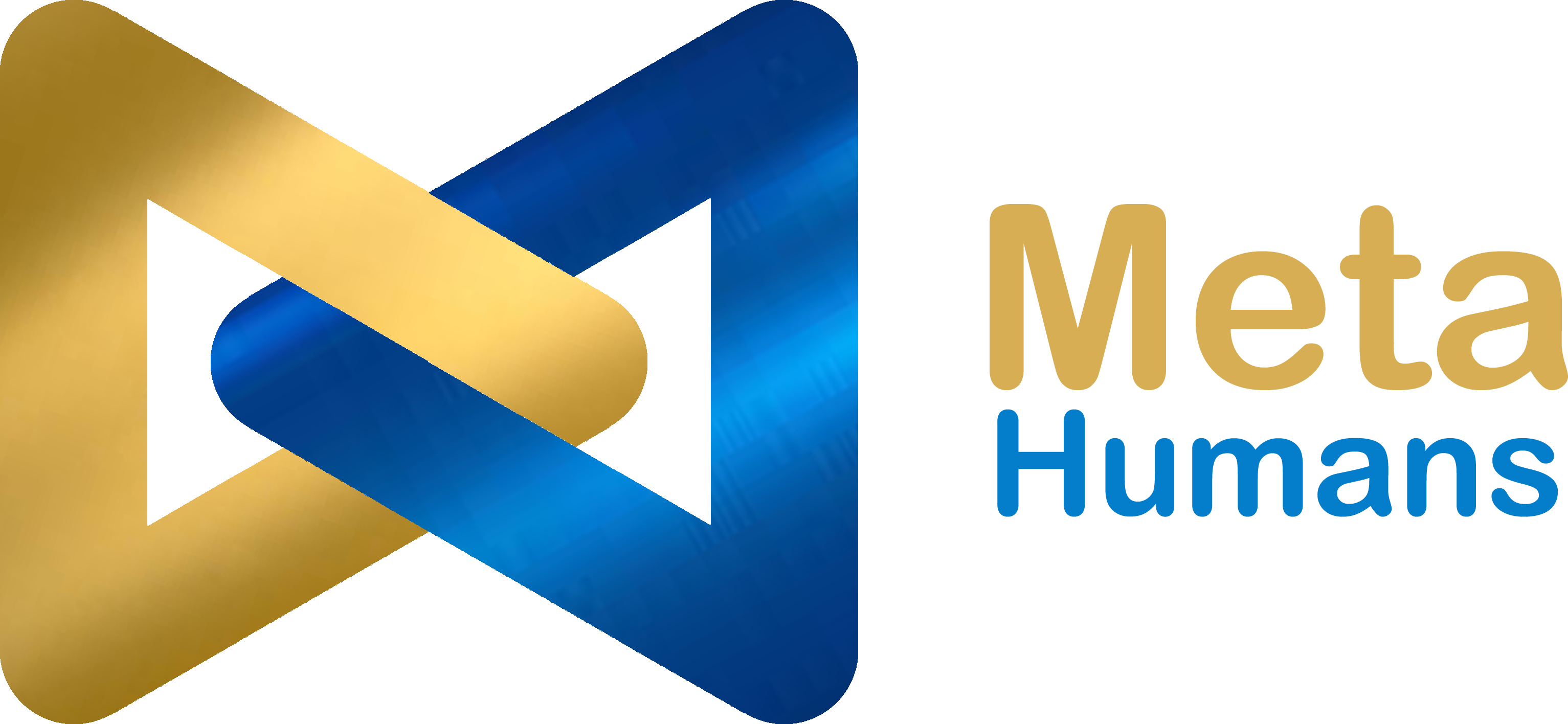Categories
AI Toolbox (1)
General inquiries and how to use the tools in the toolbox on https://metahumans.one
Bot Platforms (0)
Setup, install and managing of bots
Humans Resources (1)
Human Resources
Legal (1)
All legal agreements and information
Meta Humans (0)
Creating, connecting and setup of Meta humans
Onboarding Processes (0)
Meta Humans onboarding processes

